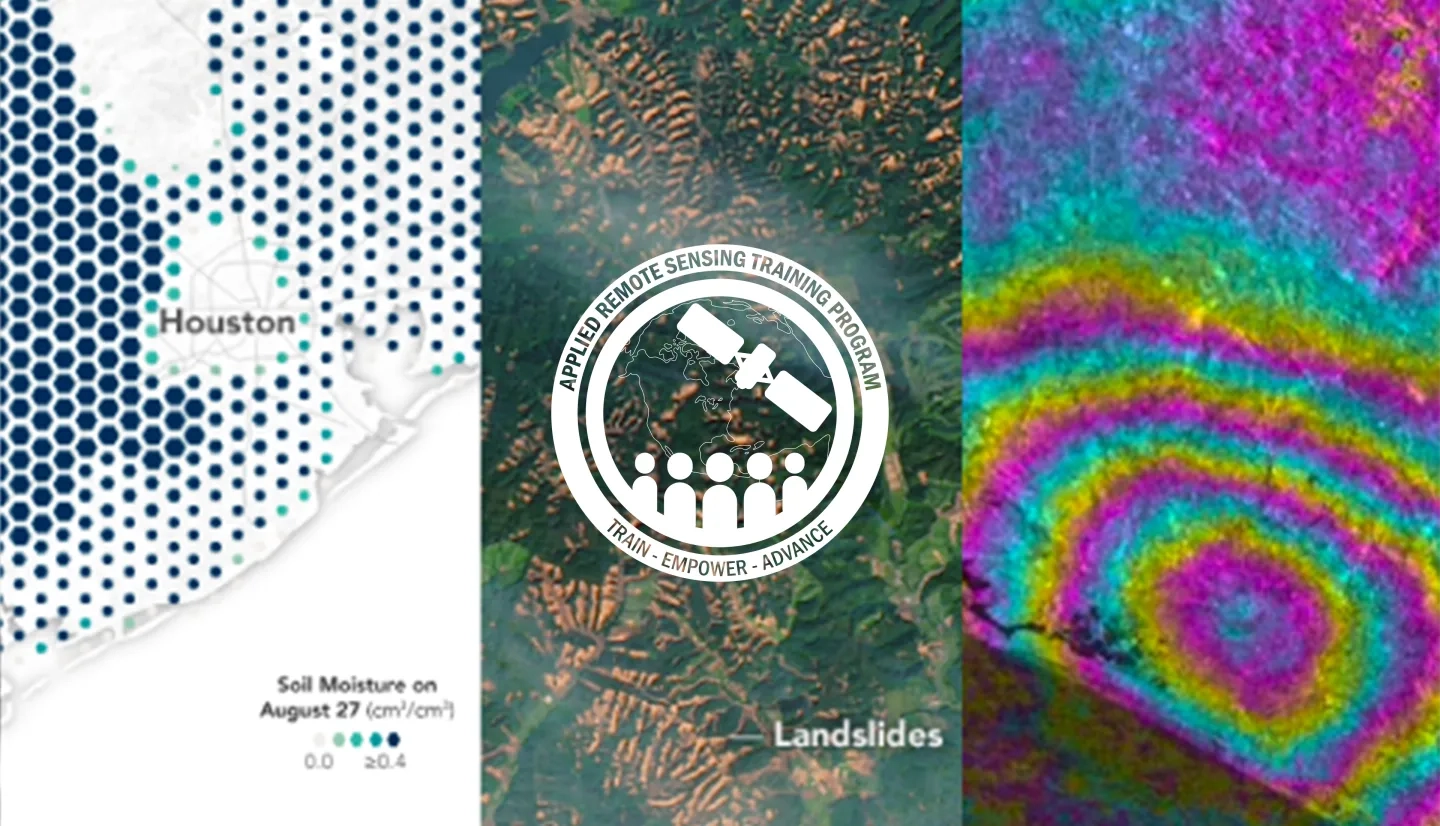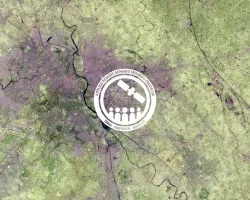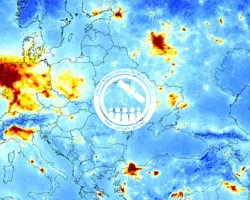Description
According to the WHO, every year disasters “kill around 90,000 people and affect close to 160 million people worldwide.” This training will show participants how NASA remote sensing data can be used to characterize and monitor disaster-related events and support relief efforts. Each session will cover a different disaster and its supporting data. Disaster scenarios include tropical storms, flooding, earthquakes, and landslides.
1WHO Natural Events
By the end of this training, attendees will be able to:
- Identify NASA data products to characterize and monitor disasters and support decision-making
- Understand the different data products available and their shortcomings
- Access and interpret data covered in the different sessions
Disaster management agencies, including domestic and international government agencies (e.g. FEMA and equivalent government organizations outside the U.S.) as well as aid organizations (e.g. Red Cross, UN).
- Three 2-hour sessions
This session will provide a summary of the NASA data products available to characterize tropical storms before, during, and after landfall.
Materials:
This session will provide a summary of the data products available to characterize floods during and after an event.
Materials:
This session will provide a summary of the NASA data products available for identifying areas at risk of landslides and post-event landslide and earthquake assessment.
Materials:



